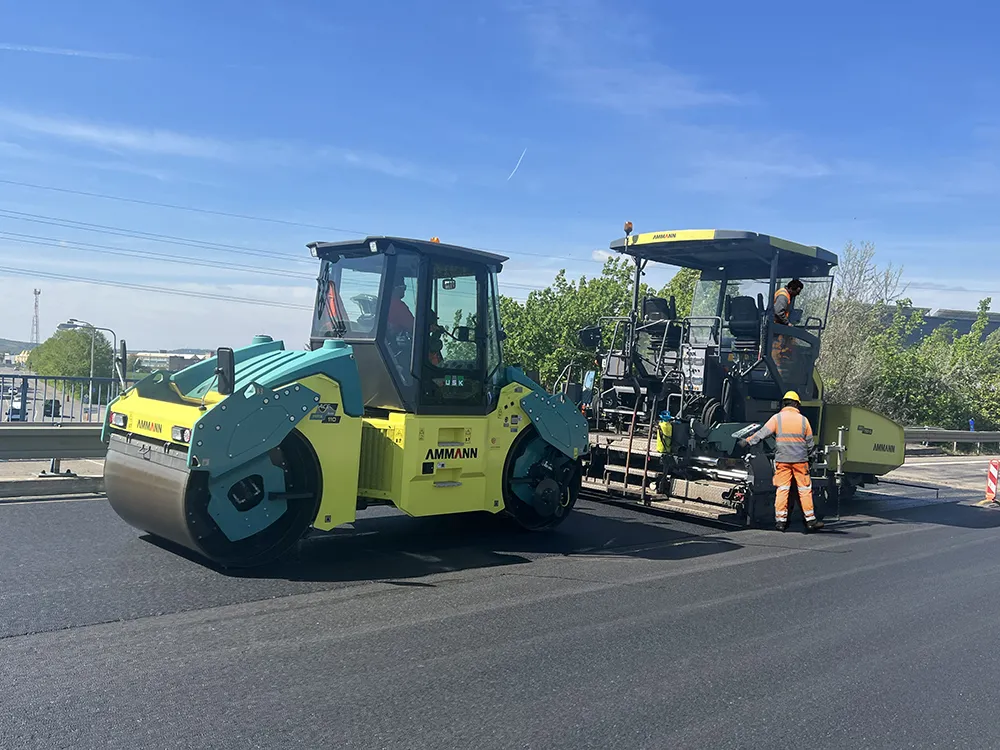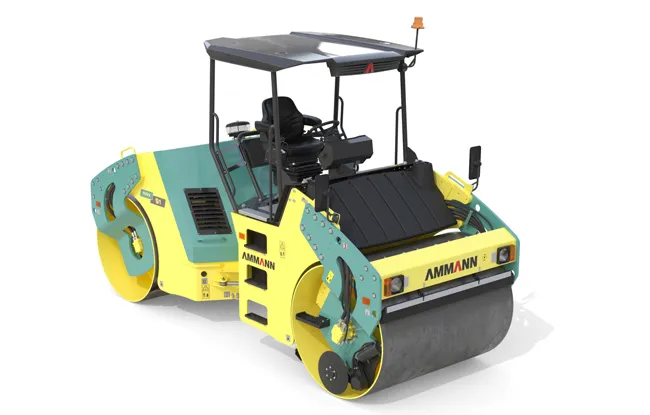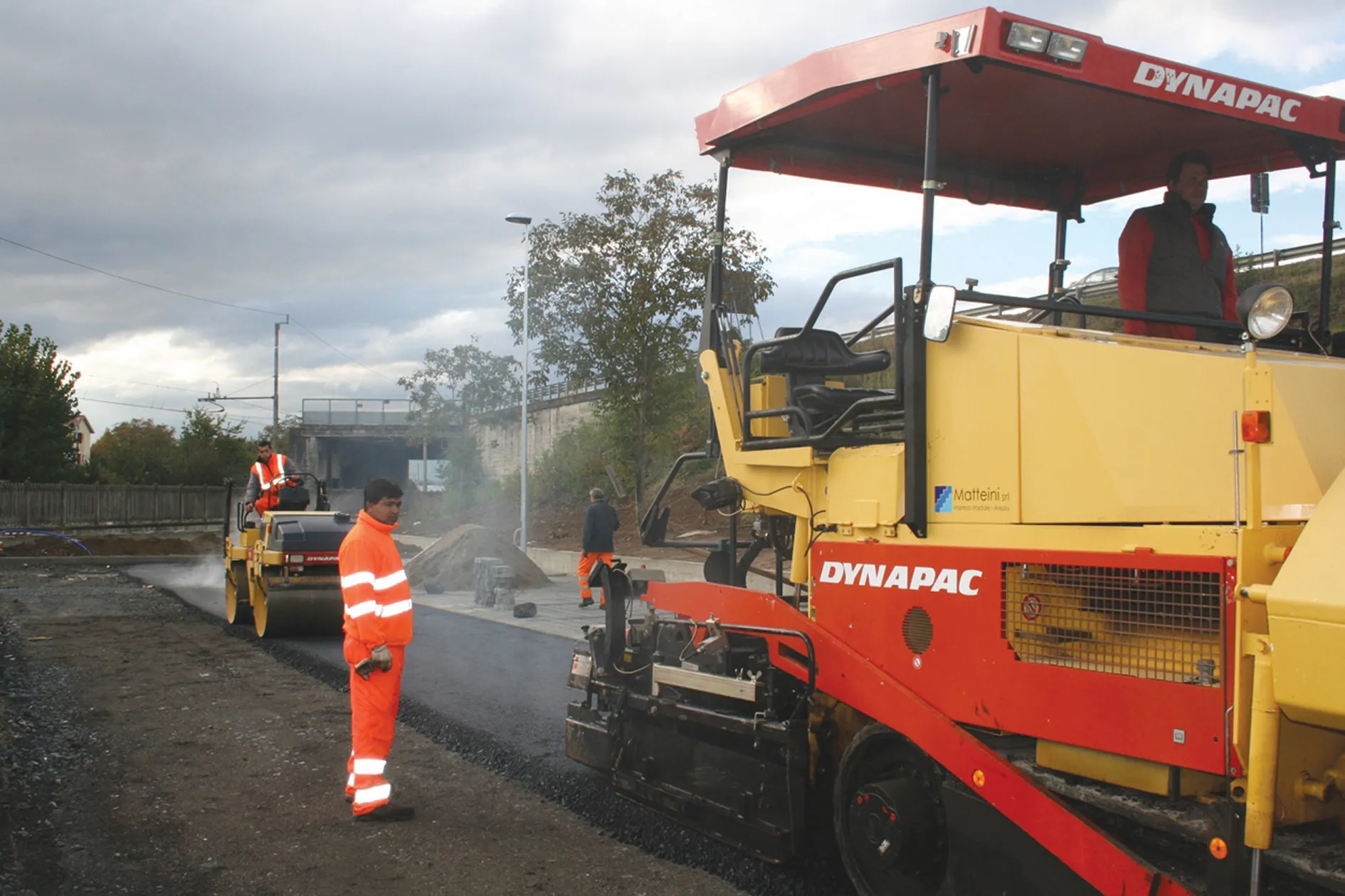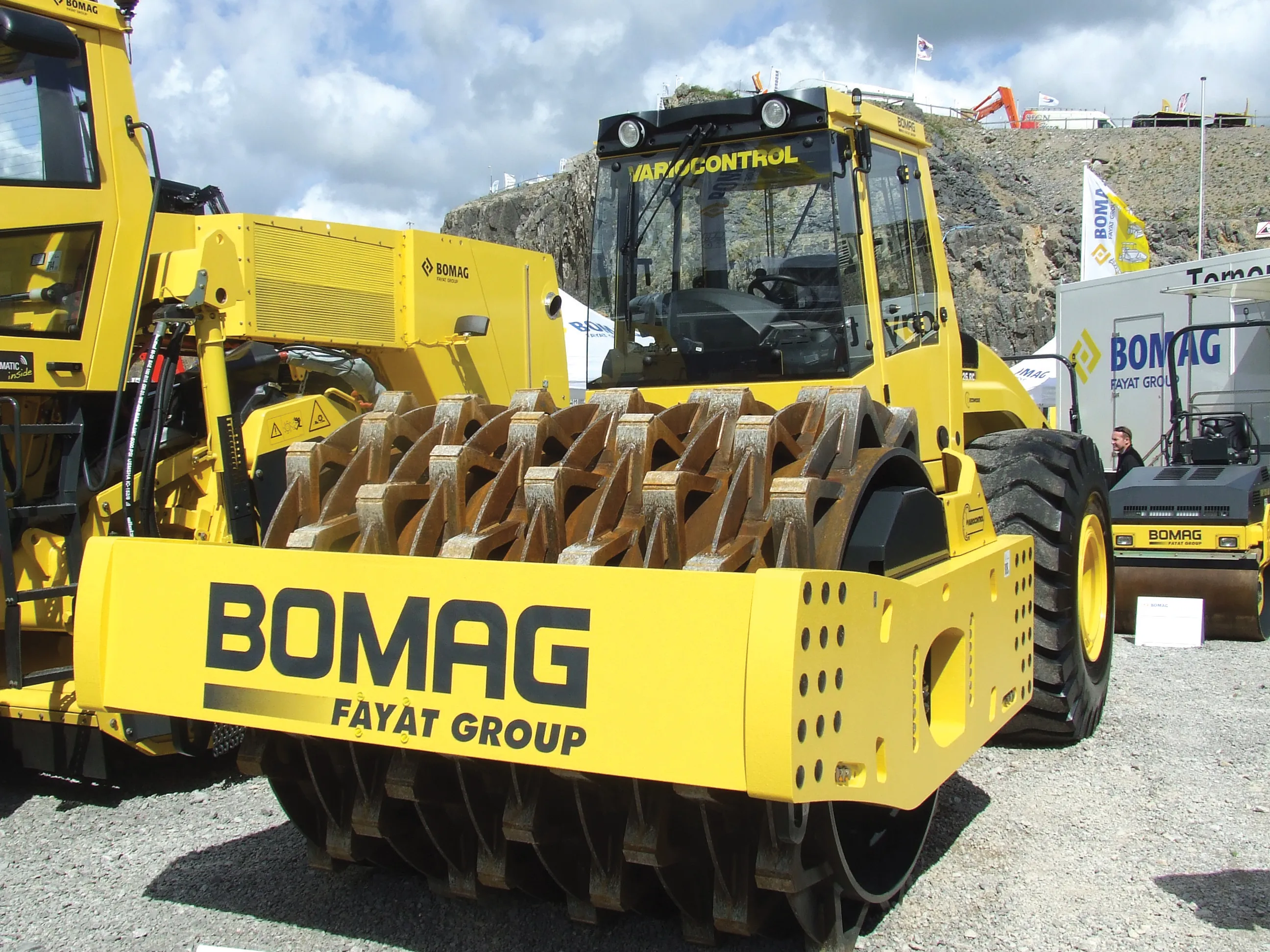
When compacting asphalt on a bridge, too little force and density targets will not be reached, while too much can damage the bridge. Crews faced such a challenge during a recent bridge repair project on Road II/268 near Mnichovo Hradiště – Mimoň in the Czech Republic.
The bridge had undergone repairs, and a new top layer of asphalt needed to be placed. Supervising the project was Mr Hloušek, the asphalt site manager for USK Mladá Boleslav.
An Ammann EasyBatch Asphalt-Mixing Plant with a capacity of 120tonnes/hour provided the mix. The mobile plant utilises cold recycling technology and has equipment for introducing granular additives.
Haul trucks transported the materials to an Ammann AFT 700-3 Asphalt Paver, which placed a smooth 45mm-thick surface layer for a length of 150m and a width of 9m. About 170tonnes of mix was placed on the bridge. For compaction an Ammann ARX 110 Tandem Roller was used behind the paver. The machine features a heavy-duty, two-stage vibrator and easy adjustment of amplitude and frequency.
The crew from USK Mladá Boleslav took advantage of the optional ACEforce Intelligent Compaction system, which provides a host of benefits including measurement and documentation, evaluation of material stiffness and operator guidance.
This information proved crucial while compacting on the bridge. The operator was able to work the surface, while ensuring that proper compaction had been achieved. The machine worked in the lowest vibratory setting, an approach the operator would not have been confident of without ACEforce.









